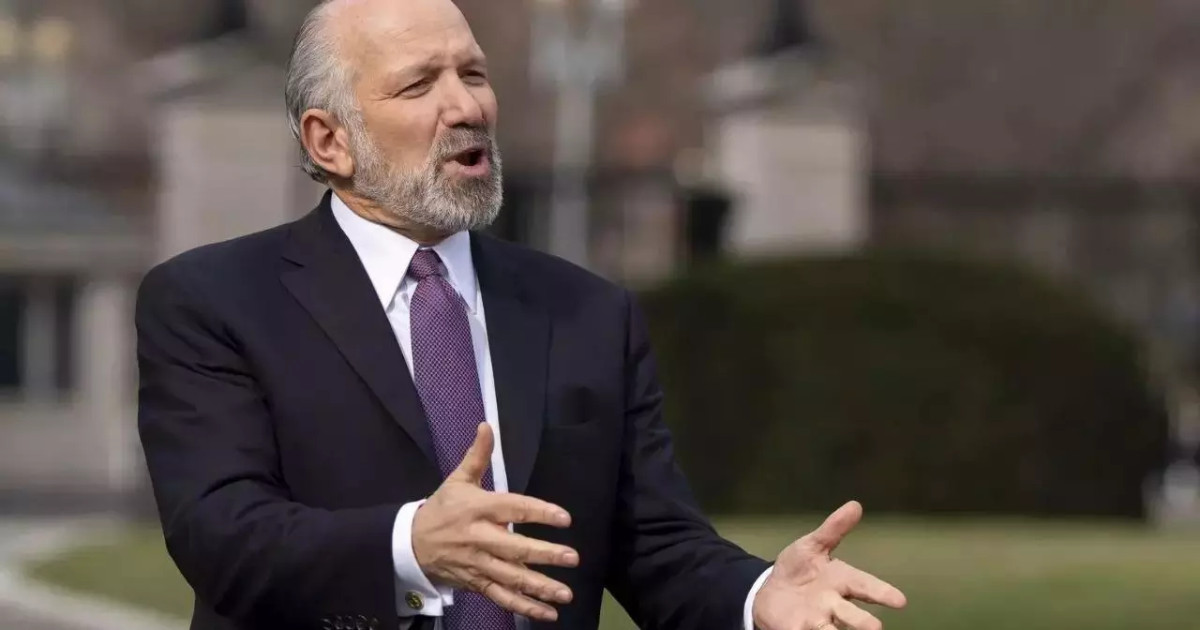Air India, under Tata Group’s ownership, is undergoing a significant transformation, marked by an order of 570 new planes. The airline, previously lacking investment and Star Alliance partnerships, has established interline agreements with all Star Alliance carriers. Operating 191 aircraft, Air India serves 112 global destinations, signaling a renewed commitment to customer experience and expansion.
Air India’s Sky-High Ambitions: A Three-Year Flight Plan or Turbulent Descent?
Alright, folks, buckle up! Air India’s got some serious turbulence to navigate, but the pilot – CEO Campbell Wilson – seems to have a clear flight plan. Forget the tired old jokes about delayed flights and questionable service; this isn’t your grandfather’s Air India anymore. We’re talking about a full-throttle transformation, a three-year overhaul that could either catapult the airline back to glory or leave it sputtering on the tarmac.
Wilson isn’t pulling any punches. He’s acutely aware of the baggage (pun intended!) Air India carries – a legacy of bureaucracy, outdated technology, and a reputation that, let’s be honest, had seen better days. He’s not just talking about a fresh coat of paint; this is a complete gut renovation. Think of it like taking a fixer-upper and turning it into a modern marvel.
So, what’s on the blueprint? Well, a whole lot. First up is a massive investment in new aircraft. We’re talking potentially hundreds of planes, injecting some much-needed youth into the fleet. Forget clunky, outdated aircraft. These new birds promise better fuel efficiency, passenger comfort, and, crucially, a more reliable service. Think of the implications! Fewer delays, more satisfied passengers, and a greener footprint – it’s a triple win, if executed correctly.
Beyond the hardware, Wilson is tackling the software – the human element. He’s placing a huge emphasis on employee training and empowerment. After all, shiny new planes are useless if the crew isn’t delivering a top-notch experience. He envisions a service culture that’s not just polite but genuinely attentive, one that anticipates passenger needs rather than simply reacting to complaints. This is arguably the hardest part. Changing deeply ingrained habits and attitudes takes time and requires consistent effort, but it’s the foundation upon which a truly successful airline is built.
And let’s not forget the digital transformation. We’re talking about streamlining booking processes, upgrading in-flight entertainment, and leveraging data analytics to personalize the passenger experience. Imagine seamless check-in, personalized meal recommendations, and real-time updates delivered directly to your device. It’s the kind of stuff we’ve come to expect from leading airlines, and Air India is finally playing catch-up.
But here’s the thing: ambition alone doesn’t guarantee success. The airline faces some pretty significant headwinds. Competition in the Indian aviation market is fierce. Low-cost carriers are nipping at its heels, and other established players are constantly innovating. Air India needs to not only match but exceed expectations to truly stand out.
Then there’s the infrastructure. Indian airports, while improving, still face capacity constraints and logistical challenges. Air India’s success is intrinsically linked to the efficiency and reliability of the ground infrastructure. Dealing with those external factors, which are often outside the airline’s direct control, requires strategic partnerships and clever maneuvering.
And of course, there’s the financial burden. While the Tata Group’s deep pockets certainly provide a cushion, turning around a loss-making airline requires significant capital investment and a laser-like focus on cost management. Smart financial decisions and efficient operations are crucial to achieving long-term sustainability.
What I find particularly compelling is Wilson’s apparent commitment to restoring Air India’s heritage. He seems to understand that the airline represents more than just a mode of transportation; it’s a symbol of India itself. Reclaiming that national pride, evoking a sense of nostalgia and romance associated with air travel, could be a powerful differentiator.
So, will Air India soar to new heights, or will it face continued turbulence? The answer, as always, lies in the execution. Wilson has laid out a bold vision, but the journey ahead is long and arduous. It requires not just investment and innovation, but also a relentless commitment to customer service and a genuine desire to reclaim the airline’s former glory.
The coming years will be fascinating to watch. Can Air India reinvent itself for the 21st century? Can it recapture the hearts and minds of Indian travelers? Only time will tell, but one thing is for sure: the stakes are high, and the pressure is on. For now, I’m keeping my tray table in the upright and locked position, ready for what promises to be an interesting flight. Let’s hope the landing is smooth.
📬 Stay informed — follow us for more insightful updates!







